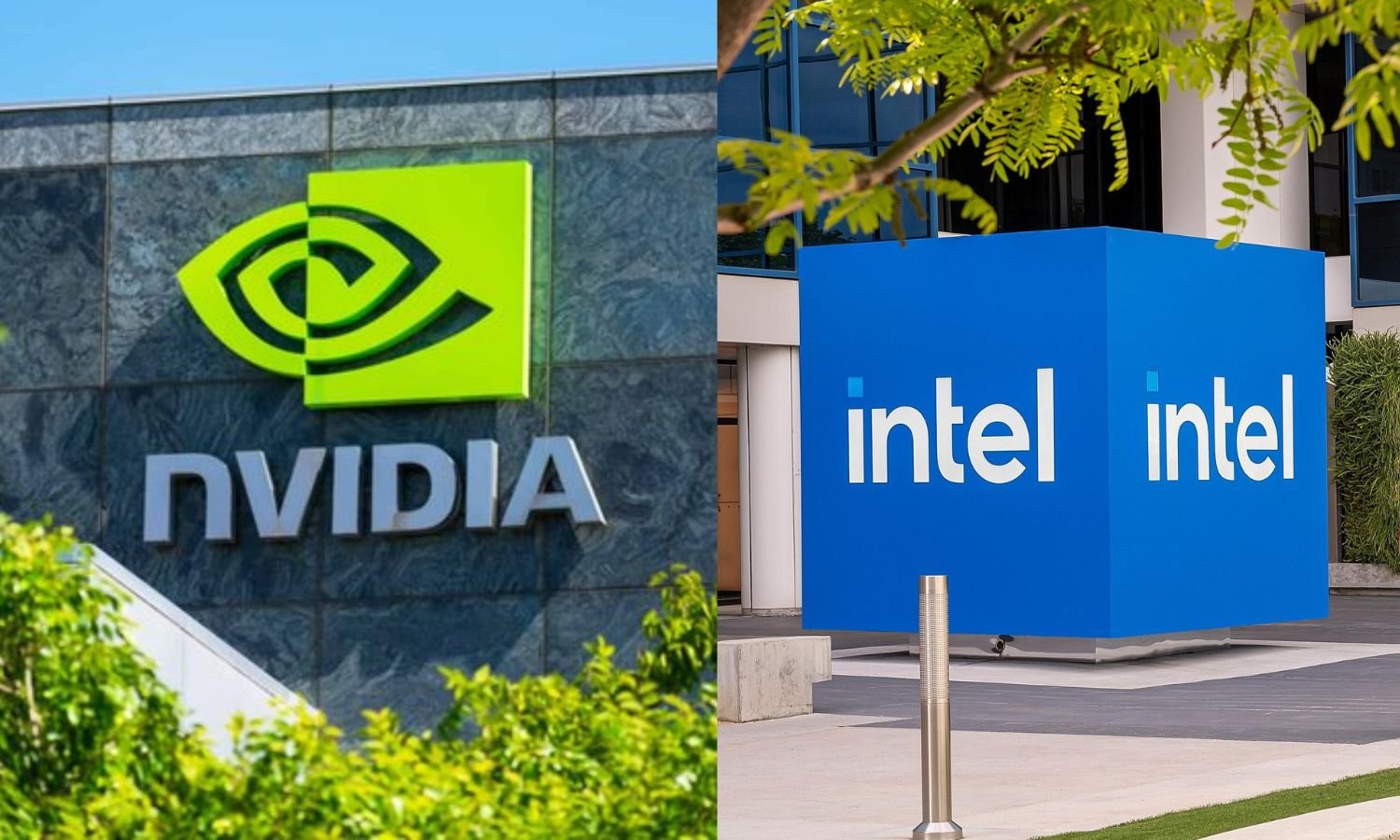Google DeepMind has officially launched Gemma 3, a cutting-edge open-source language model designed to bring high-performance AI capabilities to a broad range of devices—from smartphones and laptops to powerful single GPUs and TPUs. This latest iteration builds upon the success of the original Gemma models, which have seen over 100 million downloads and the creation of more than 60,000 community-generated variants.
Gemma 3 is a significant leap forward, offering multimodal capabilities, expanded language support, and a massive 128,000-token context window, all while maintaining efficiency. It comes in four different sizes (1B, 4B, 12B, and 27B parameters), ensuring flexibility for various computational needs.
This article dives deep into Gemma 3’s key innovations, performance benchmarks, safety measures, and its impact on AI accessibility and development.
Gemma 3: Key Features and Capabilities
1. State-of-the-Art Performance on a Single Accelerator
One of the most remarkable aspects of Gemma 3 is its ability to outperform competing models like Llama3-405B, DeepSeek-V3, and o3-mini, despite being significantly smaller. According to Google DeepMind’s internal benchmarks, Gemma 3 27B ranks among the best models for its size on LMArena’s leaderboard.
More impressively, Gemma 3 can run efficiently on a single GPU or TPU, significantly lowering the barrier for developers who lack access to large-scale AI infrastructure.
2. Advanced Multimodal Capabilities (Vision + Language)
Gemma 3 introduces vision-language capabilities, enabling it to analyze images, interpret text, and even process short videos. This opens up a new realm of possibilities for developers, allowing them to build more interactive and intelligent applications that can integrate both visual and textual data.
Potential applications include:
- AI-powered educational tools that can interpret diagrams and texts together.
- Enhanced customer service bots that process and respond to both written queries and images.
- Content moderation tools that analyze images and text simultaneously to detect harmful content.
3. Extensive Language Support (140+ Languages)
With out-of-the-box support for 35 languages and pretrained capabilities in over 140, Gemma 3 is one of the most language-diverse AI models available today. This feature enables businesses and developers to localize AI applications for global audiences without requiring extensive fine-tuning.
4. Expanded Context Window for Complex Reasoning
Gemma 3 features a 128K-token context window, allowing it to handle:
- Long-form document summarization
- Multi-turn conversations with deep context retention
- Advanced research and code generation tasks
- Legal and medical document analysis
This capability is particularly beneficial for enterprises and researchers who require AI models that can comprehend vast amounts of information in a single processing session.
5. Function Calling for AI-Driven Automation
Function calling enables structured outputs and task automation, allowing developers to create more sophisticated agent-based AI applications. This means AI-powered workflows can now interact with APIs, automate repetitive tasks, and enhance productivity across industries.
Example applications:
- AI-powered customer service agents that book appointments directly in a calendar system.
- E-commerce bots that fetch product details and process orders.
- AI-driven data analysis tools that can generate reports based on real-time inputs.
6. High-Efficiency Quantization for Faster Inference
For developers focused on deploying AI models on edge devices or resource-constrained environments, Gemma 3 introduces official quantized versions. These smaller, optimized versions retain high accuracy while reducing memory and compute requirements, making it easier to run AI locally.
Benchmark Performance: How Gemma 3 Stacks Up
To evaluate Gemma 3’s efficiency and capabilities, Google DeepMind compared it to other leading AI models on Chatbot Arena’s Elo Score leaderboard.
Key takeaways from the benchmarking results:
- Gemma 3 (27B) achieves an Elo score of 1338, outperforming DeepSeek-V3, o3-mini, and Llama3-405B.
- Unlike many competing models that require up to 32 NVIDIA H100 GPUs, Gemma 3 27B runs on a single GPU without performance degradation.
- The smaller versions (1B, 4B, and 12B) deliver strong performance across varied computational resources, making AI more accessible to developers with modest hardware setups.
Safety and Ethical Considerations: Introducing ShieldGemma 2
Alongside Gemma 3, Google DeepMind is introducing ShieldGemma 2, a 4B-parameter image safety model designed to moderate and filter harmful visual content.
ShieldGemma 2: Key Capabilities
- Detects explicit content, violence, and other dangerous images.
- Provides customizable safety levels for different user needs.
- Ensures responsible AI deployment in sensitive applications like social media and news platforms.
Responsible AI Development Approach
Google DeepMind has emphasized rigorous safety testing during Gemma 3’s development. Some of these safety measures include:
- Data governance and alignment with ethical AI policies.
- Specific evaluations focused on preventing misuse, such as generating harmful substances.
- Continued collaboration with AI research communities to improve security and transparency.
Integration and Accessibility: How Developers Can Get Started
Google DeepMind has made Gemma 3 readily available through various platforms, ensuring easy access and deployment options.
Supported AI Frameworks
Developers can work with Gemma 3 on multiple AI development platforms, including:
- Hugging Face Transformers
- PyTorch
- JAX
- Keras
- Google AI Edge
- vLLM
- Gemma.cpp
Instant Access and Experimentation
- Try Gemma 3 directly in Google AI Studio—no setup required.
- Download from Hugging Face, Kaggle, or Ollama.
- Fine-tune and customize the model using Google Colab or Vertex AI.
Optimized for Industry-Standard GPUs and TPUs
- NVIDIA Optimization: Google and NVIDIA have optimized Gemma 3 for maximum performance on GPUs, including Jetson Nano and the latest Blackwell architecture.
- Google Cloud TPU Compatibility: Gemma 3 runs natively on Google Cloud TPUs, ensuring high efficiency for enterprise-scale deployments.
- AMD GPU Support: Through the open-source ROCm™ stack, Gemma 3 can also run on AMD GPUs.
- CPU Execution with Gemma.cpp: Developers can run Gemma 3 directly on CPUs without requiring high-end GPUs.
The Expanding Gemmaverse: A Growing AI Ecosystem
With the rise of community-driven AI innovation, Google DeepMind is fostering the Gemmaverse, a growing ecosystem of Gemma-powered applications.
Examples of community-driven projects:
- AI Singapore’s SEA-LION v3: Breaking down language barriers across Southeast Asia.
- INSAIT’s BgGPT: The first Bulgarian-language LLM, showcasing Gemma’s linguistic adaptability.
- Nexa AI’s OmniAudio: An on-device AI model for advanced audio processing.
Gemma 3 Academic Program
To further advance AI research, Google is launching the Gemma 3 Academic Program, providing $10,000 in Google Cloud credits to researchers exploring Gemma 3’s applications.
Conclusion: Democratizing AI with Gemma 3
Google DeepMind’s Gemma 3 marks a transformative moment in AI accessibility and efficiency. With its multimodal capabilities, expanded language support, and powerful yet lightweight architecture, it opens the door for developers, researchers, and businesses to innovate without the need for massive computational infrastructure.
As AI continues to evolve, models like Gemma 3 will play a pivotal role in shaping the future of open, accessible, and responsible AI development.









